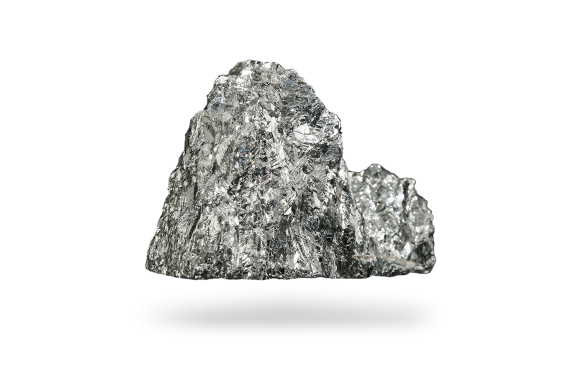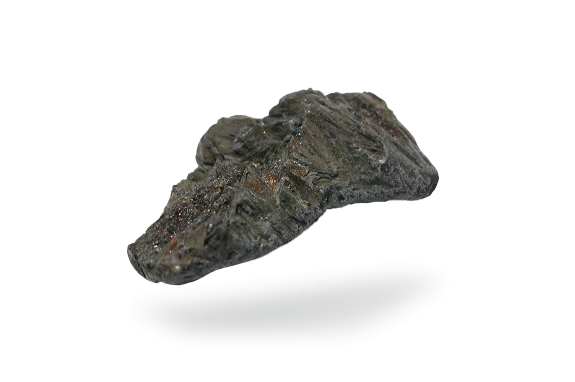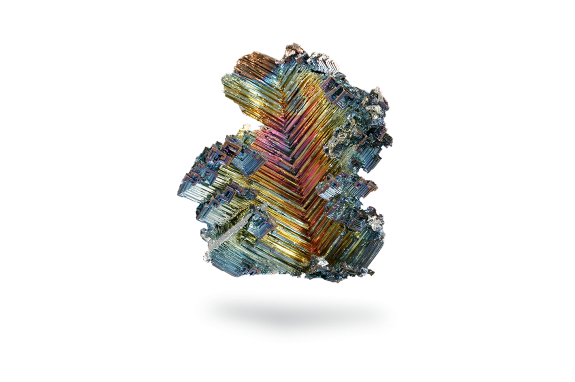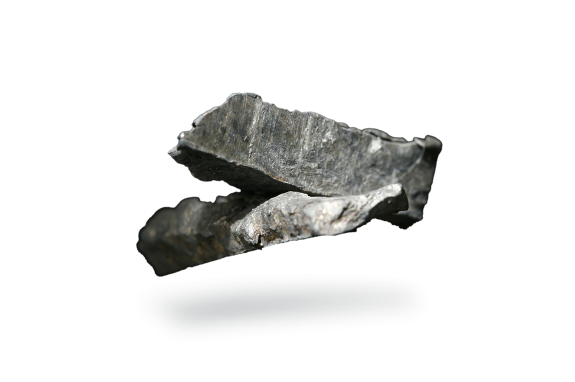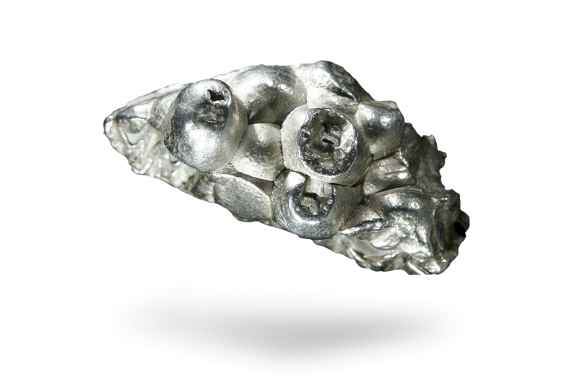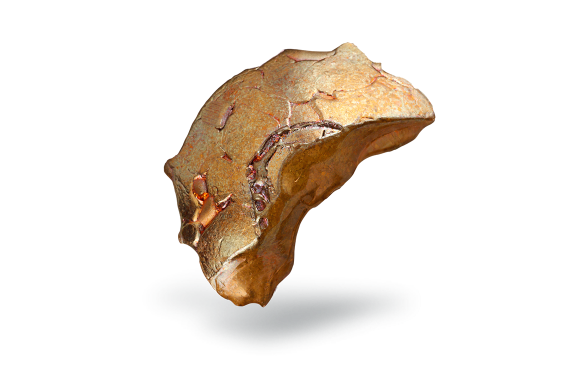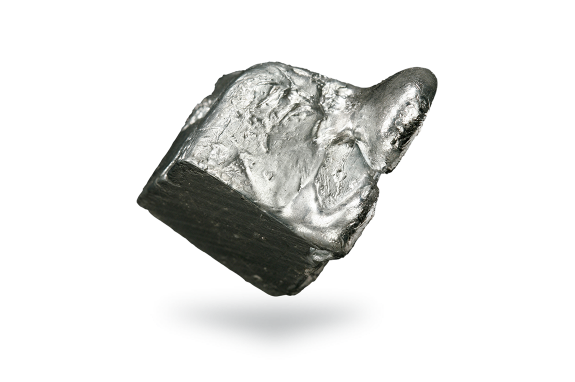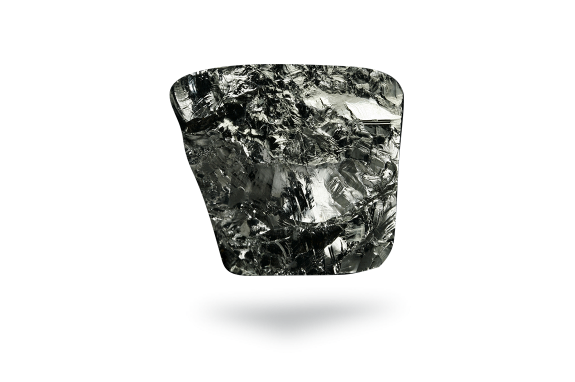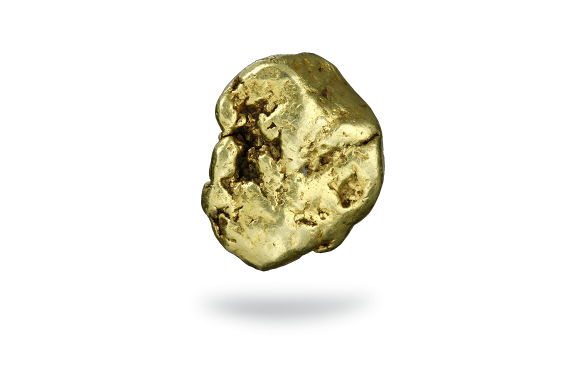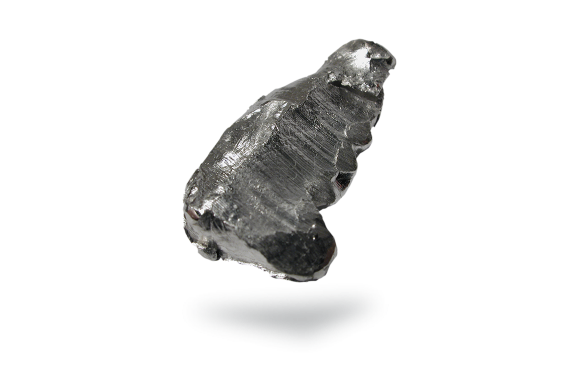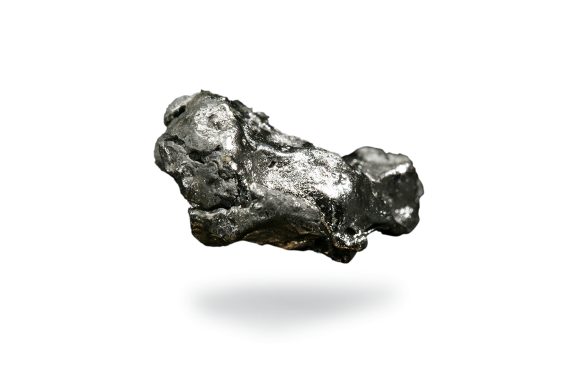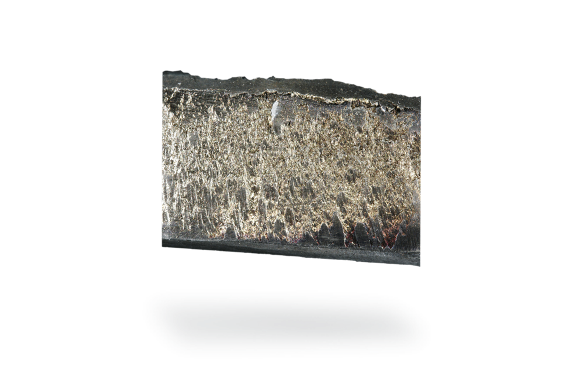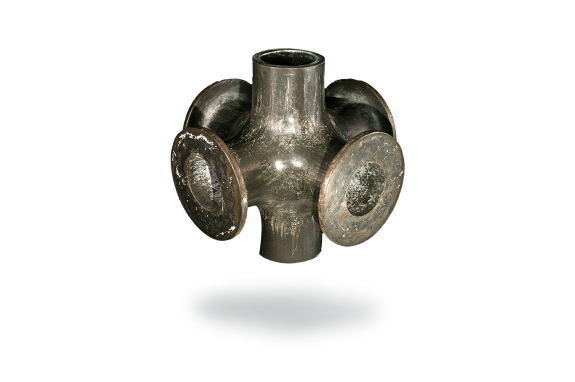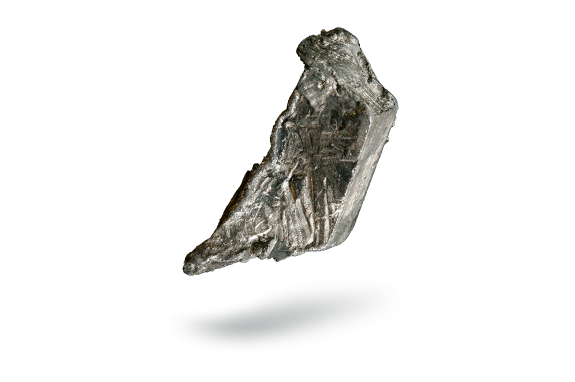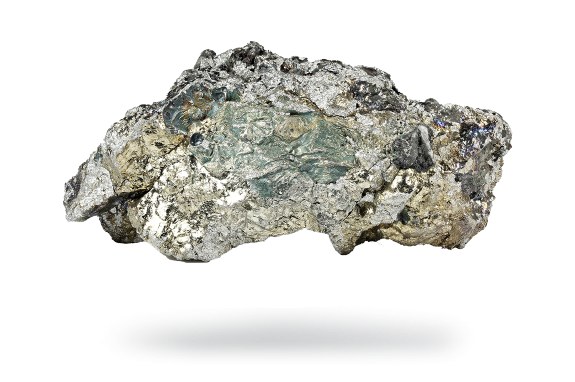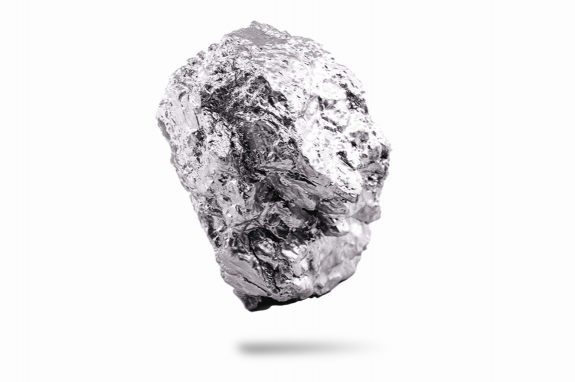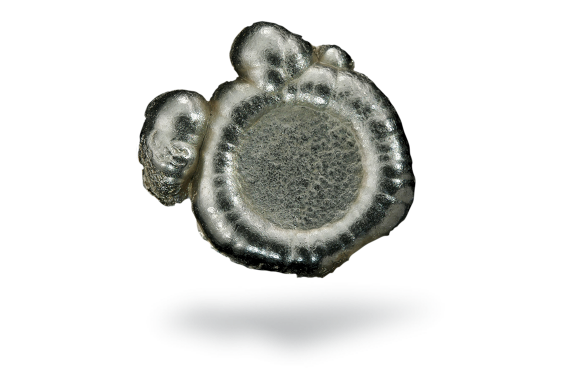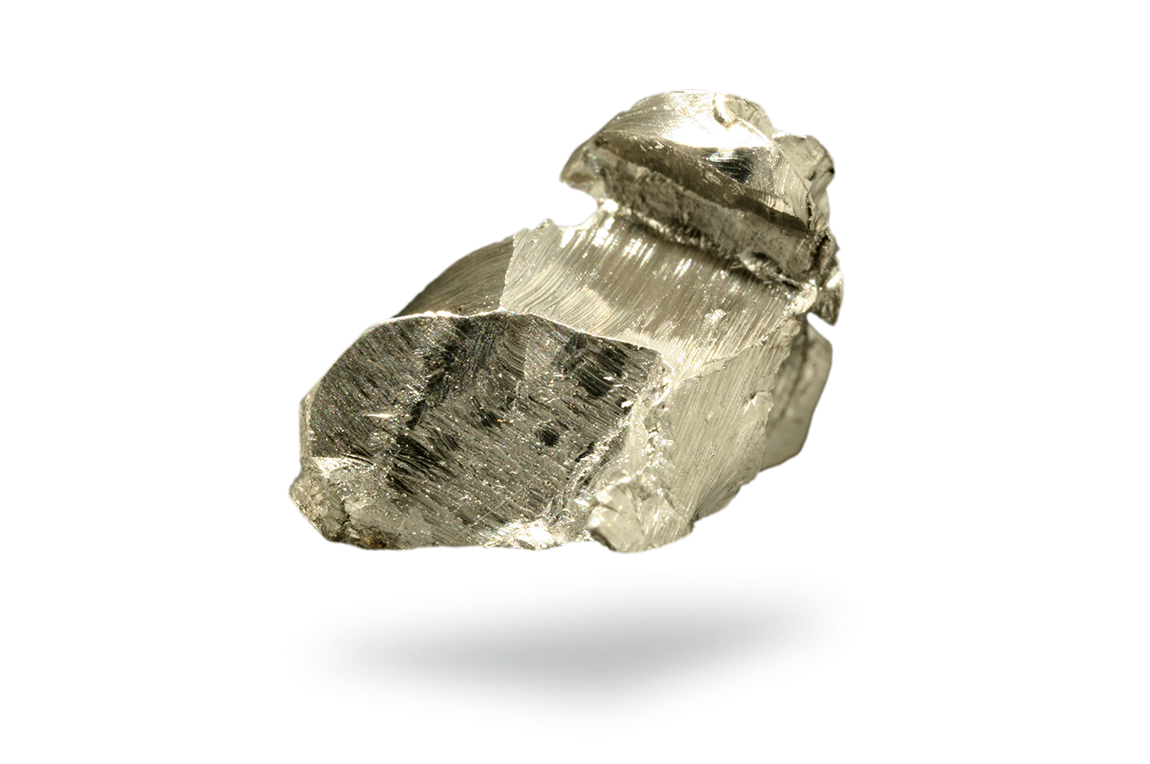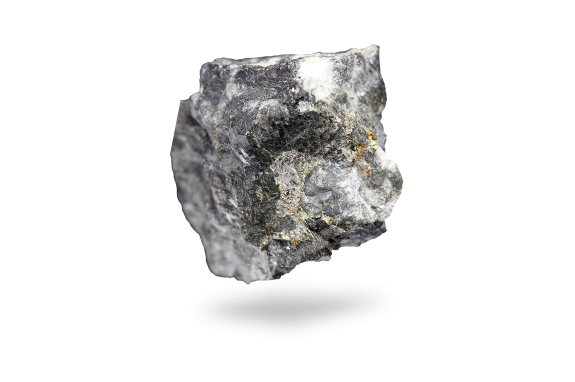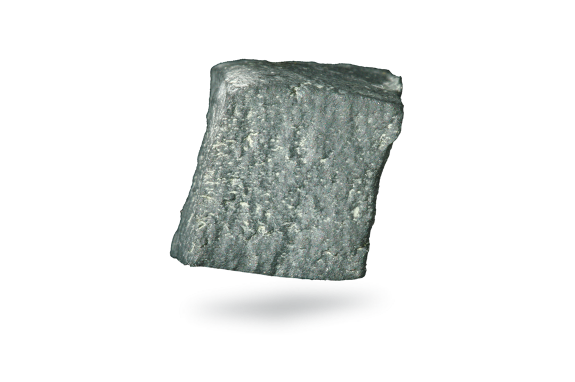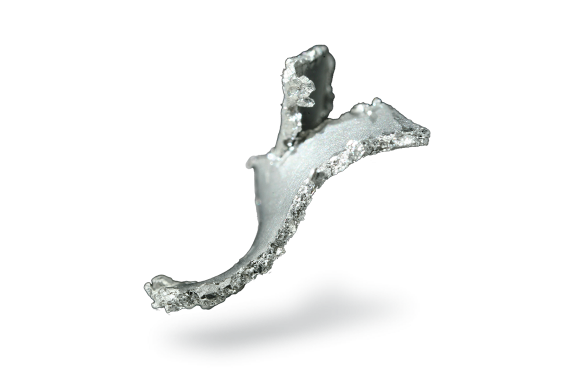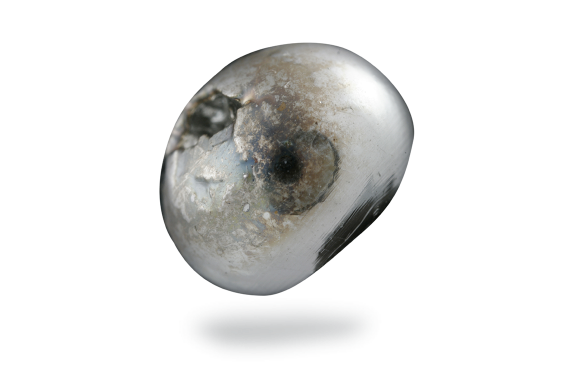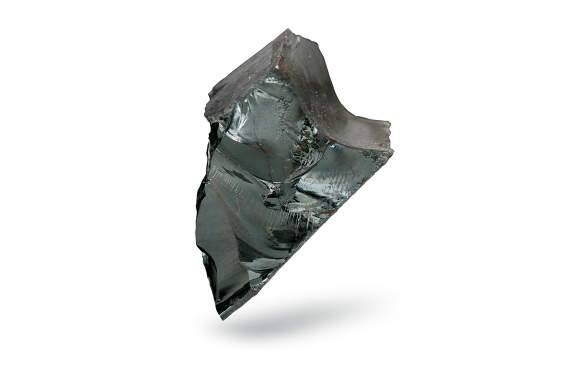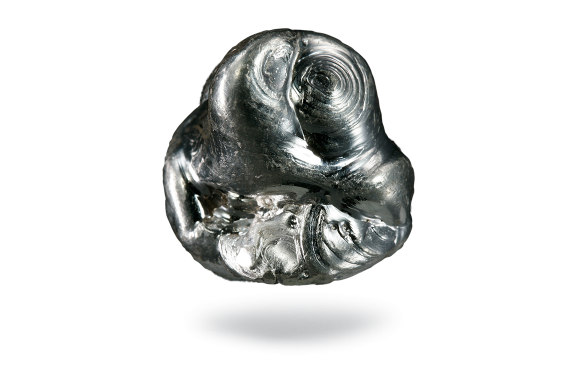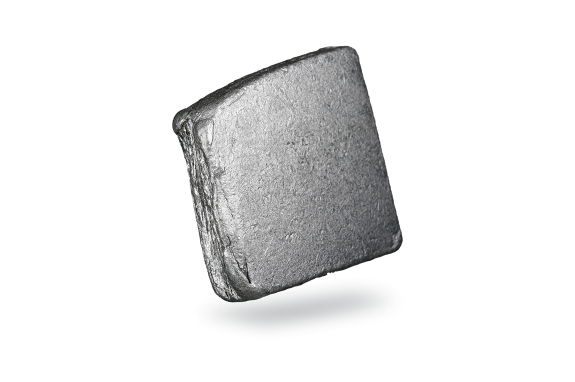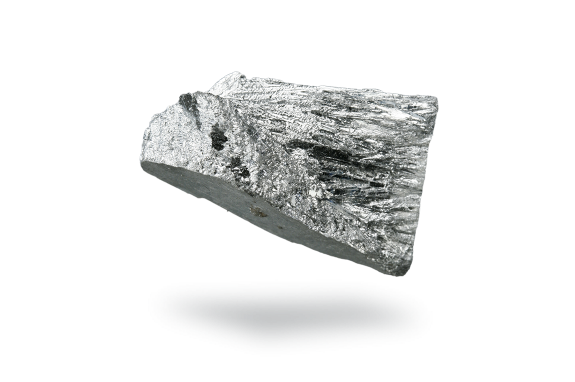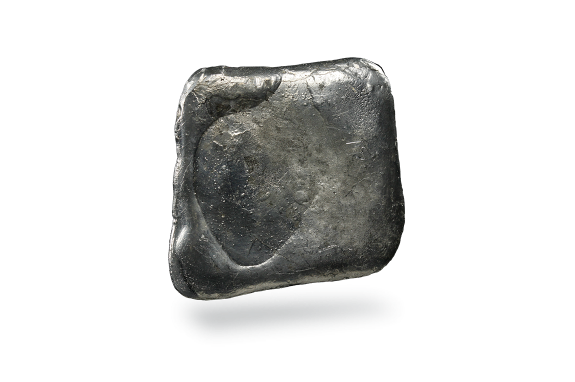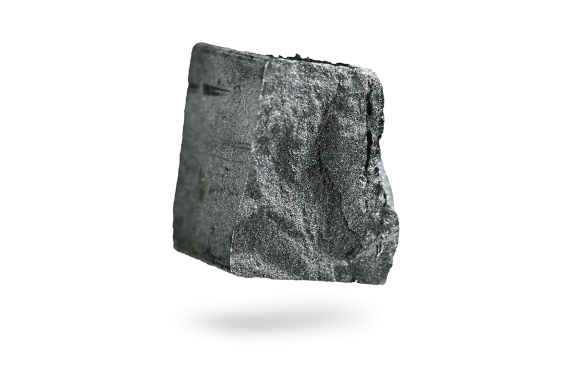Neodymium
Applications
- Neodymium is used with iron and boron to create powerful permanent magnets, also called NIB magnets. They are used in computers, cell phones, medical equipment, toys, motors, wind turbines and audio systems.
- In nickel metal hydride (NiMH) rechargeable batteries for hybrid automobiles. The negative electrode (cathode) in NiMH batteries is a mixture of metal hydrides – typically a rare earth misch metal hydride containing praseodymium, neodymium, lanthanum and cerium.
- As a crystal (neodymium-doped yttrium aluminium garnet) is it used in lasers. These ND:YAG lasers have numerous applications. For example, they are used in medicine to treat skin cancers and for laser hair removal; and in industry they are used to cut and weld steel.
- Neodymium is used to make specialised goggles for glass blowers.
- Neodymium salts are used to colour glasses and enamels.
Recycling
Rare earths are very challenging to recycle due partly to their very dispersed use.
Properties
- A soft, bright, silvery white metal.
- One of the lanthanide rare earth metals.
- Forms a flaky oxide coating in air. Unlike many metal oxide layers, this one does not protect the metal from further oxidation.
- Has two allotropic forms, transforming from hexagonal to body-centred cubic above 800K (527°C).
- Usually exists as a trivalent ion, Nd3+, in its compounds.
- Most of its salts are pale purple in colour.
History
Neodymium was first identified in 1885 by Austrian scientist Carl Auer von Welsbach. It's named after neos didymos – Greek for ‘new twin’ – reflecting neodymium’s close association with praseodymium. It was isolated in 1925 by H. Kremers.


